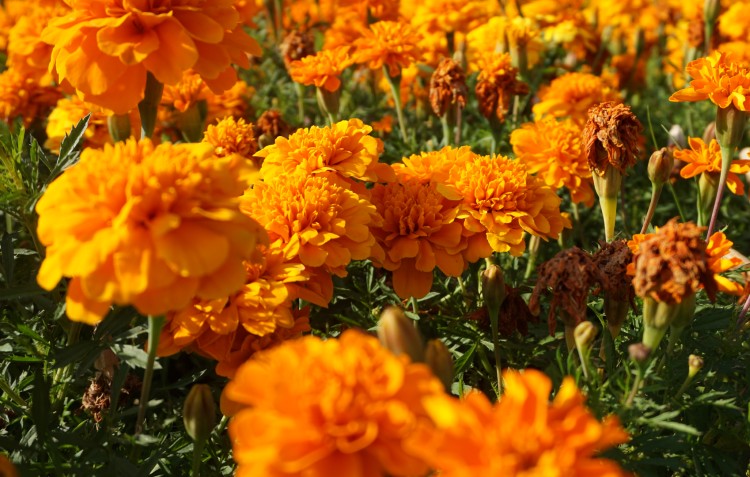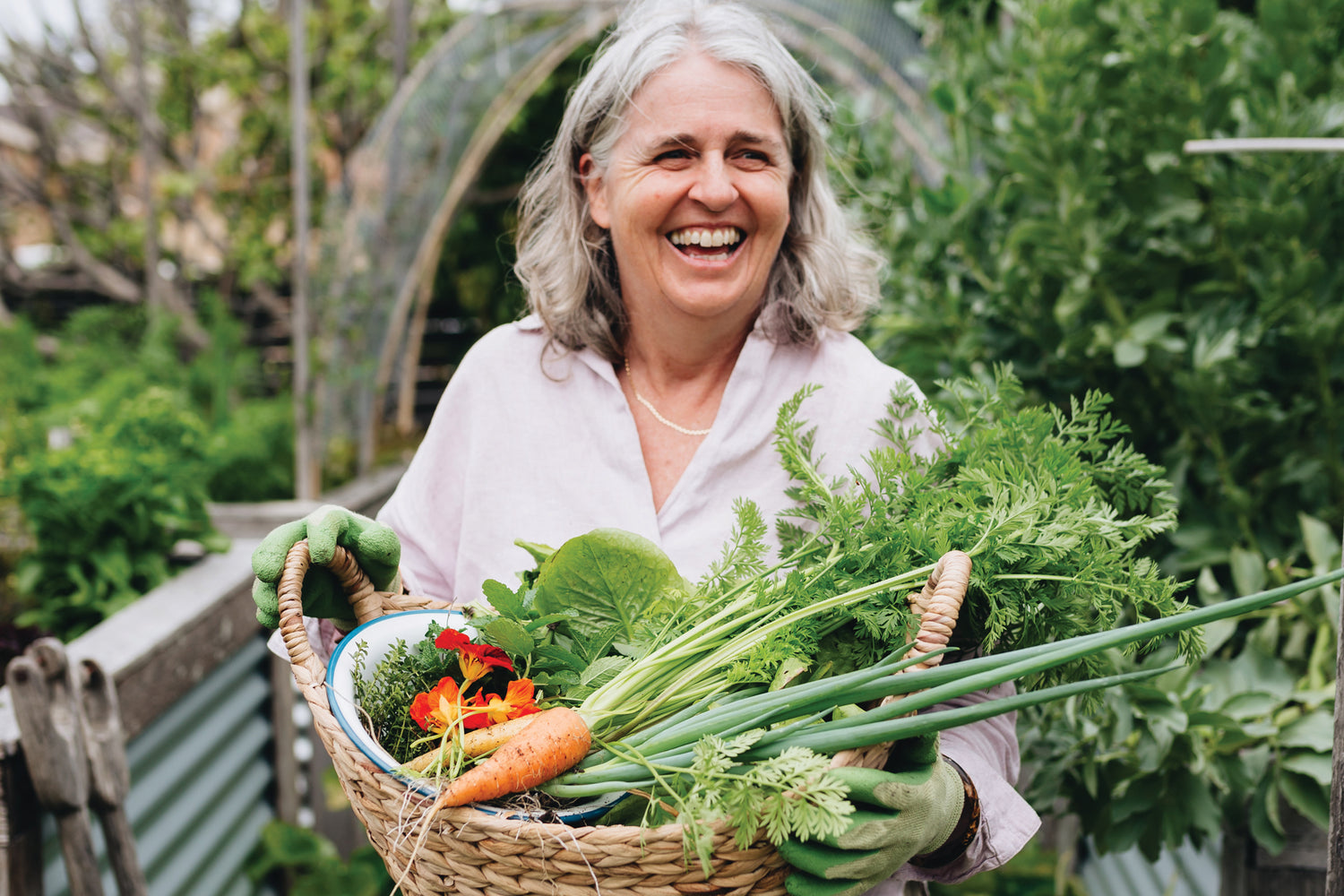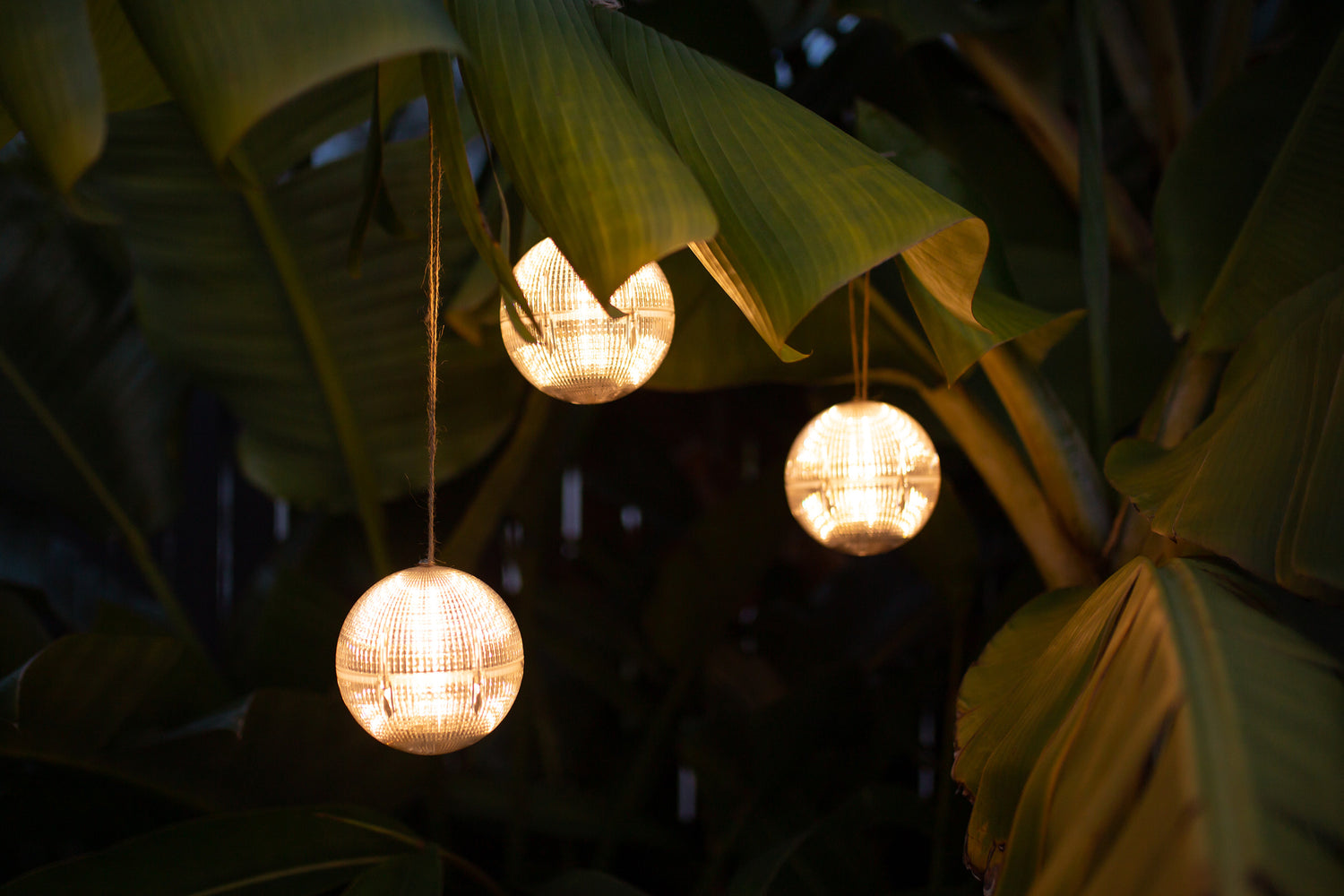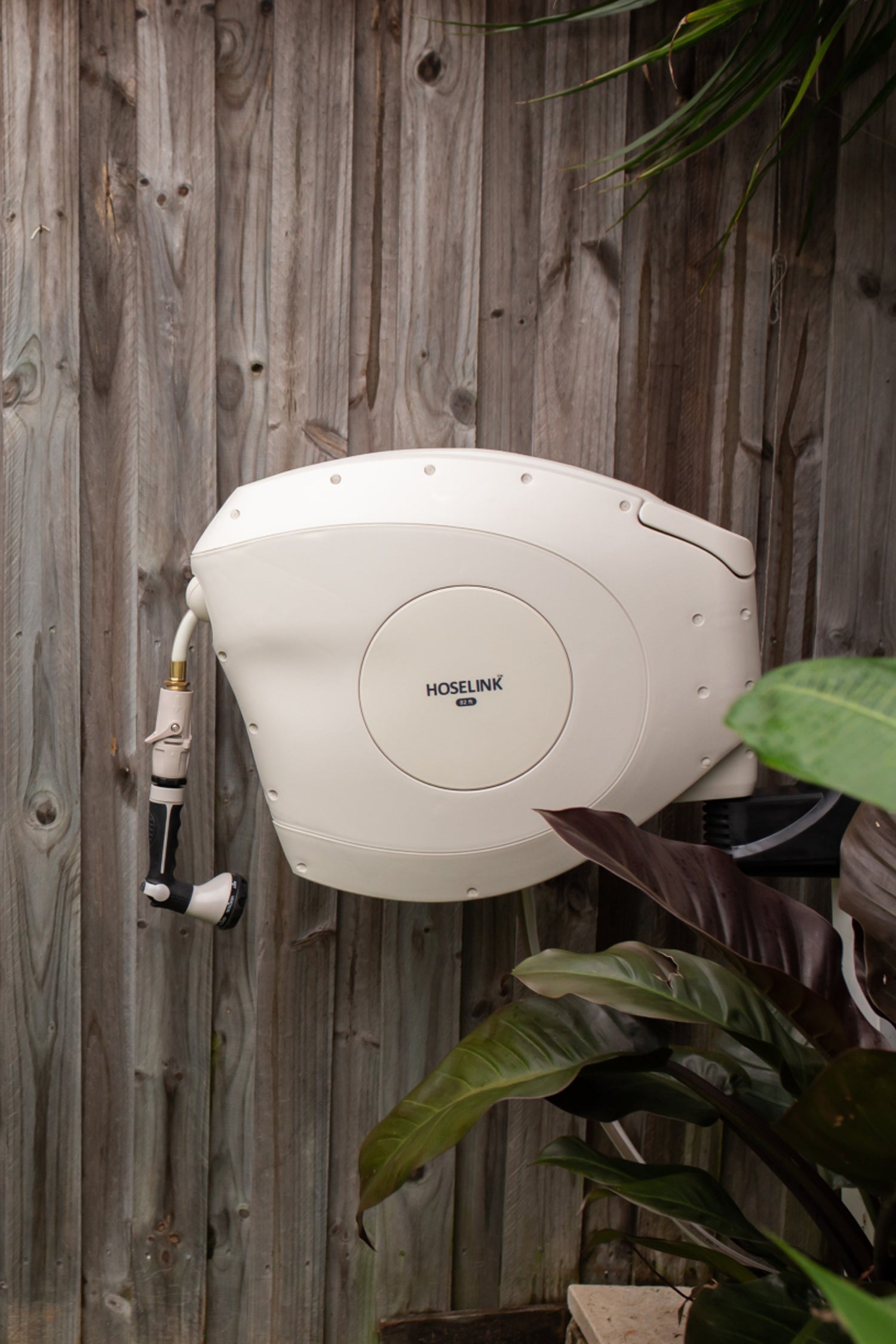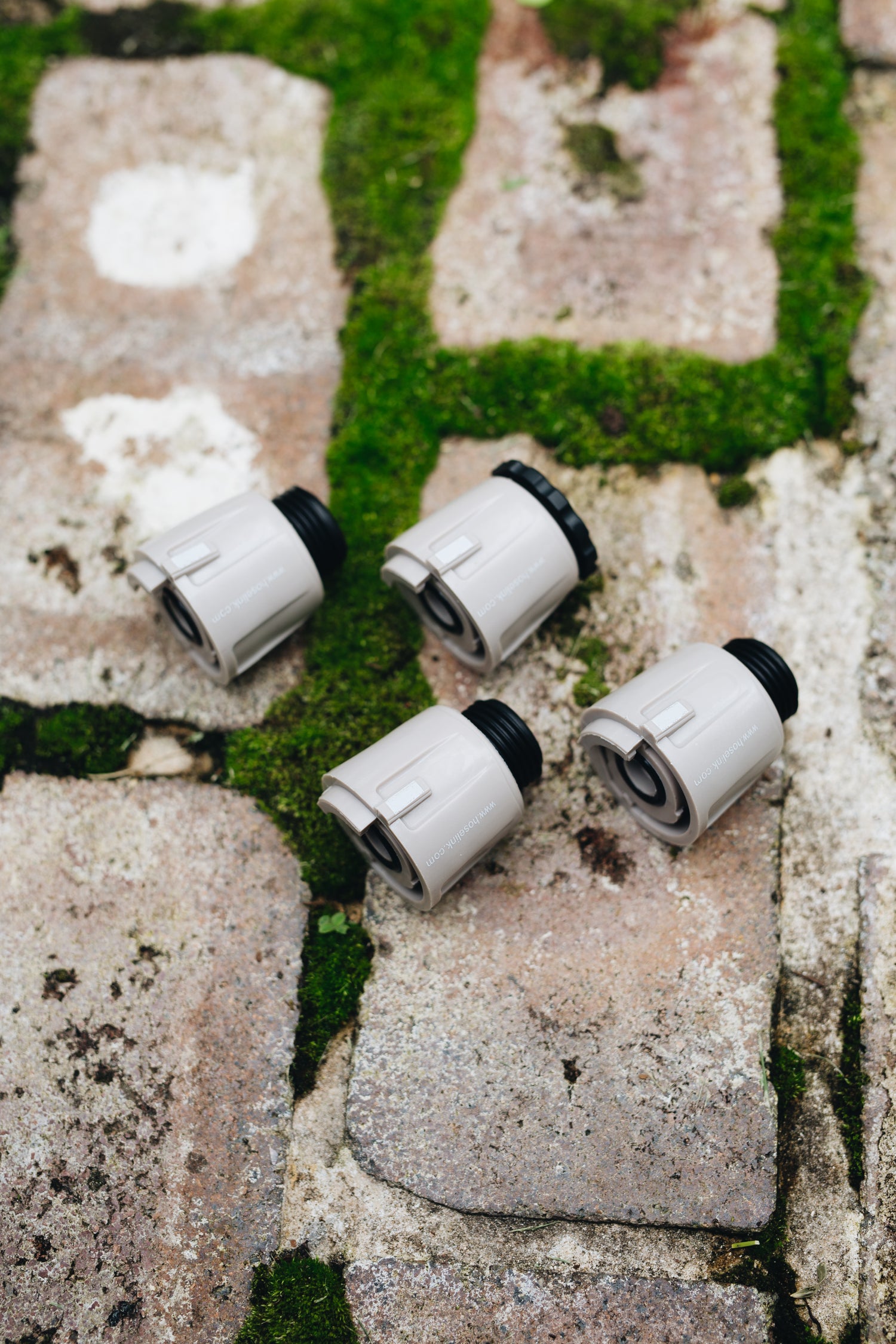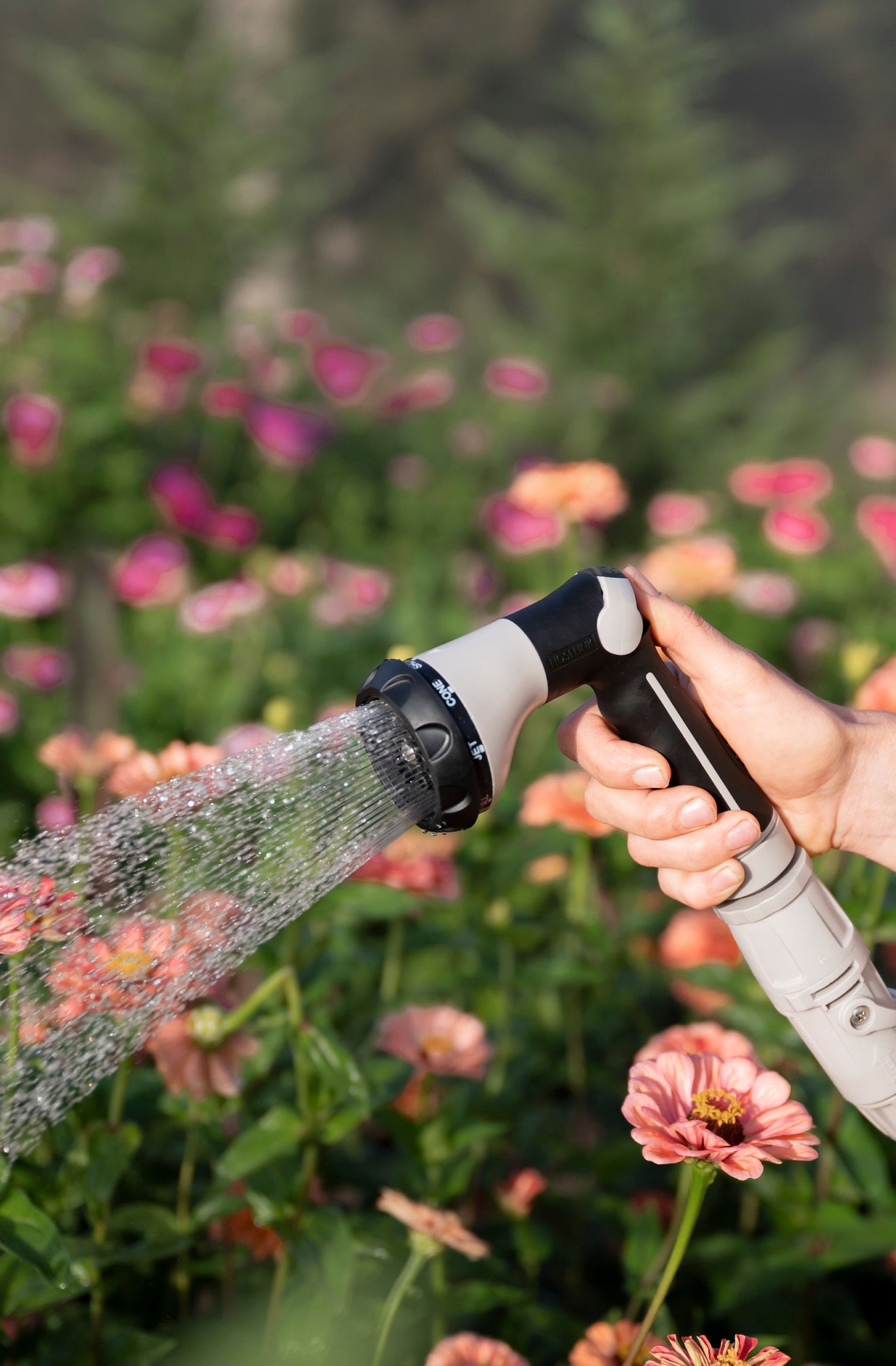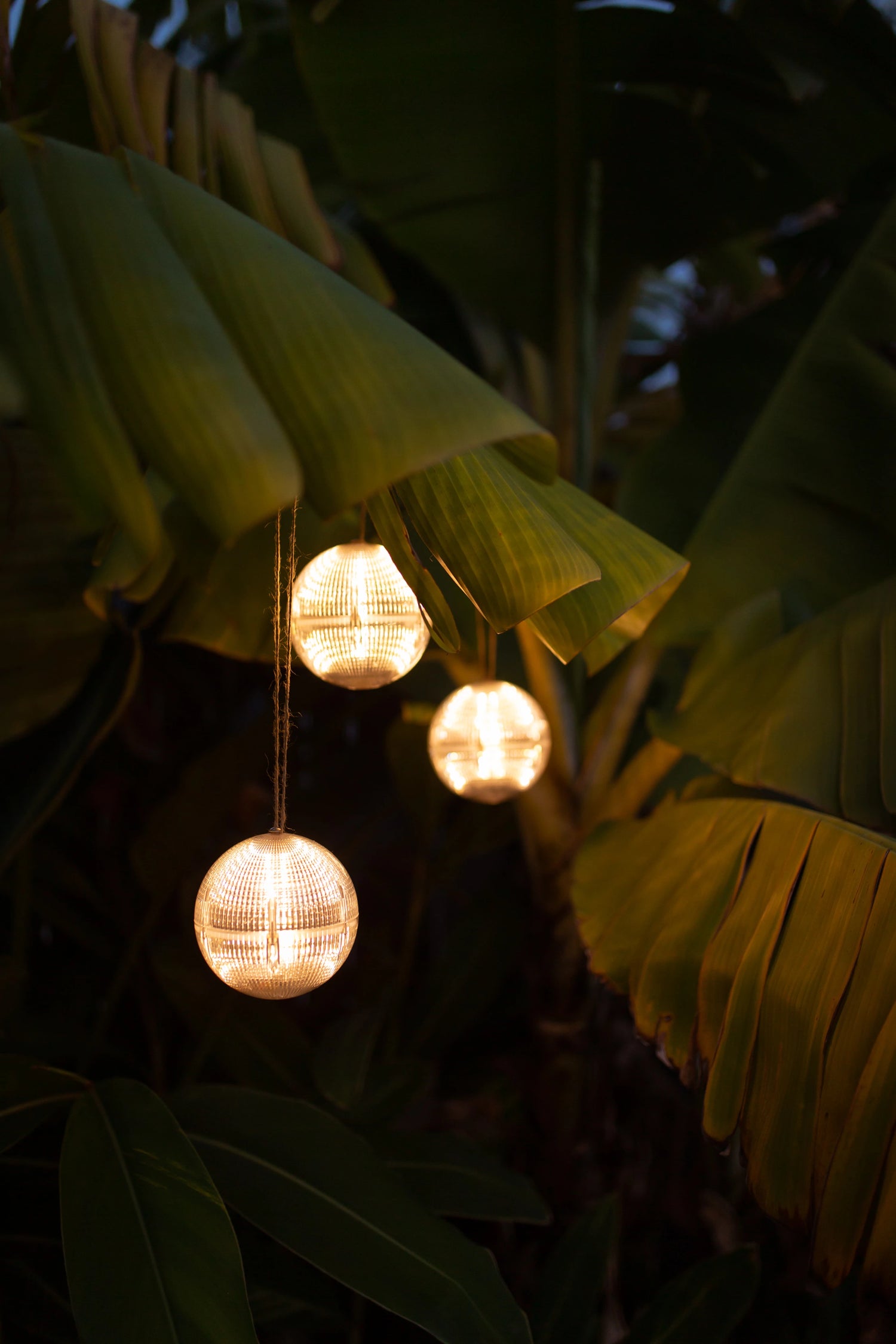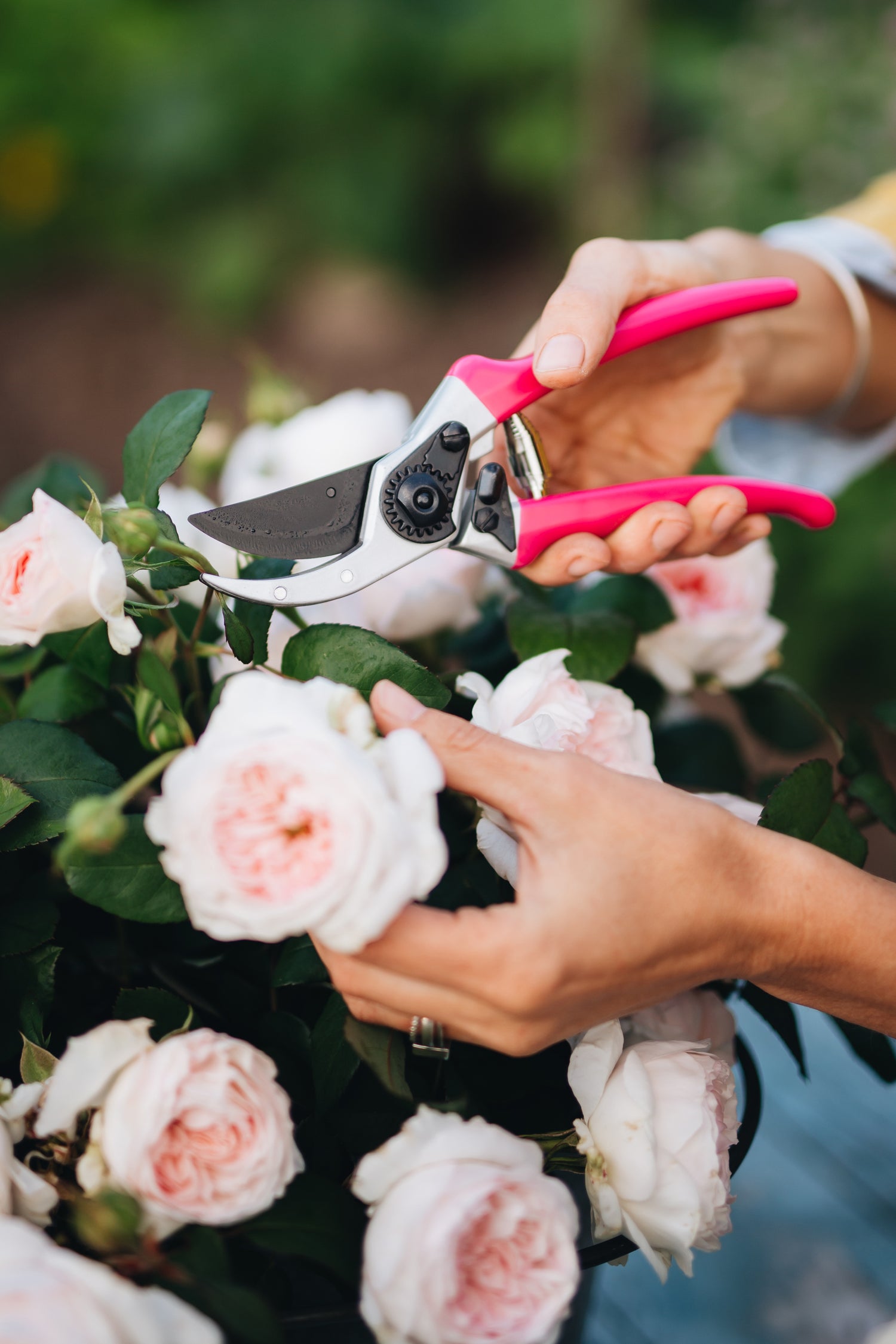You don’t have to live in the warmest regions to have plants that thrive in the sun. If you’ve struggled with a hot climate drying out your plants, then this is the blog for you! Whether you’re looking to add a pop of color or an eye-catching element to your walkway or fence line, there's a sun-loving plant for every sunny spot!
Hibiscus
If you’re dreaming of being on vacation right now, having hibiscus plants in the garden is sure to bring that fantasy to life with its striking tropical blooms. Hibiscus requires moist but well-drained soil. Keep in mind that hibiscus plants need to be kept at 50 degrees or above, so it is important to keep them inside until night-time temperatures in your climate are above this. In terms of watering, it is hard to over-water hibiscus, so keep the soil nice and moist. Ensure you prune your hibiscus plant as soon as the flowers fade to encourage new vibrant flowers to appear.

Lavender
Lavender is a surprisingly versatile sun-loving plant. Not only does it look good with its gorgeous purple blooms, but its smell is deliciously intoxicating too. Lavender can be grown in cool or warm climates as long as it gets plenty of sun throughout the day. To grow lavender, you must start off strong with the proper planting technique. Prepare a hole that is twice as deep as the root ball. Once planted, secure with extra soil and water to remove any air bubbles. After the initial establishing stages, lavender is very drought-tolerant and will thrive even in the driest of climates. Lavender has many uses other than looking stunning in your garden; it is also known to be very relaxing and is frequently used to ease cases of anxiety, stress, and poor sleep.

Daylilies
Daylilies are well known for adding beautiful bursts of color to your garden with little effort required! They love being planted in moist, well-drained soil. Daylilies flourish in USDA hardiness zones 3-9; however, they are still considered highly tolerant and adaptable plants, meaning no matter where you live, daylilies should be able to live and thrive. As daylilies are a shorter plant species, they are well suited to landscape settings, such as among grass or along a fence. The best part is that daylilies will form a dense, weed-proof look in your garden.

Peonies
Peonies will make a beautiful addition to any garden. With many different color and shape variations, these sun-loving flowers are bound to bring you joy. To best care for them, ensure they have plenty of support, as they are prone to toppling under their own weight. Peonies can survive in almost any USDA hardiness zone, even zone two! They thrive best in well-drained soil and are very low maintenance once they have settled in after potting. Peonies look amazing on their own in a flower bouquet or mixed with other cut flowers, everyone is sure to love these show stopping sun lovers. Top tip: try not to overcrowded the area around your peonies as they do not cope with insufficient air circulation.

Cosmos
Unlike many other sun-loving species, cosmos require very little soil preparation to thrive in your garden. They take a while (seven weeks) to bloom, but they are well worth the wait! The small purple daisy-like flowers will survive even in poor soil conditions. For the best care, deadhead them as soon as you notice them turning brown; this will allow for new flowers to develop in their place. Cosmos will grow in USDA hardiness zones 2-11, so as long as you plant after any frost has passed, you are likely to find success with this little sun-lover. Better yet, Cosmos are known to smell like vanilla and chocolate! Yum!

Yarrow
Yarrow has a similar resemblance to baby’s breath but also comes in different colors. You can choose your preference based on what would complement your garden’s aesthetic. As yarrow thrives in USDA hardiness zones 3-9, it is very drought tolerant. The rain should be enough to keep this sun-loving plant flourishing, but if you get very little rain, you may need to do some occasional watering to keep it thriving. Interestingly, when crushed, Yarrow has quite a spicy, pungent smell, which makes it easy to identify if you ever stumble across it outdoors. Fun fact: Native Americans used to use yarrow to treat sunburn.

Shasta daisy
If you’re a lover of classic flowers, Shasta daisies are a sun-loving plant you won’t want to look past. Pot in well-drained soil to keep them healthy, and if you are looking to have an abundance of flowers, continue planting each year, these flowers will bloom all year long. Shasta daisies work well in zones 4-9, and although they do their best work in full sun, they will also bloom in partial shade. Shasta daisies are great for borders and garden beds due to their height range of 4-6 inches and uniform appearance. Shasta daisies also make great additions to flower bouquets or flower crowns.

Coneflower
If you’re looking for something a little more unique, coneflowers make a great addition to any sunny backyard. Coneflowers, also known as echinacea, will grow in USDA hardiness zones 3-9. Coneflowers are excellent for attracting bees and butterflies to your outdoor space for pollination. Give them approximately one inch of water per week and fertilize sparingly whenever you notice them looking unhealthy. Be wary of over-feeding as it can lead to a lack of flowers blooming. Coneflowers come in many different color varieties, so why not plant a few color variations in different containers for an eye-catching look?

Juniper shrub
If you aren't necessarily looking for sun-loving flowers, a shrub or bush can make the perfect replacement. Juniper shrubs are a versatile evergreen plant, and while there are several species available, almost all will thrive in full sun with little to no maintenance in zones two through to 10. Once planted, the shrub will need virtually no pruning or watering. Be mindful that junipers are prone to over-watering, so you should leave most of the work to Mother Nature instead. You may be overwhelmed by the variety of juniper shrubs available – all have different sizes, shapes, and textures, so be sure to choose carefully when finding the perfect staple plant for you.

Caladiums
Last on our list is caladiums! A must-have plant for any warm and sunny climate, caladiums absolutely love the heat. Frequently referred to as elephant ears, this multi-colored large leaf shrub looks beautiful in abundance in any backyard when you need something extra to complement other plants. It is recommended caladiums are planted in zones 9-11 for best results. They require well-drained soil with some sort of compost element to help it flourish. It’s important to note that the newer varieties of caladiums will cope better in full sun, but that isn't to say that others won’t thrive in a sunny spot. Ensure you keep caladiums moist to avoid them drying out and fertilize them when necessary. Bonus tip: did you know caladiums can be grown indoors too?!

There you have it, our top 10 sun-loving plants! Now head outside and enjoy the sunshine!

